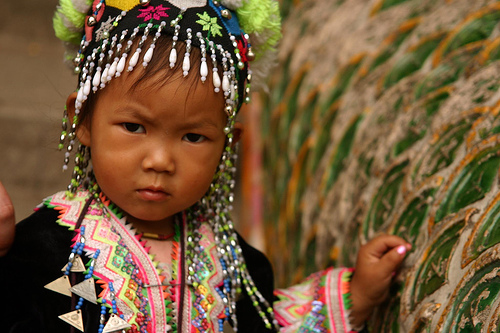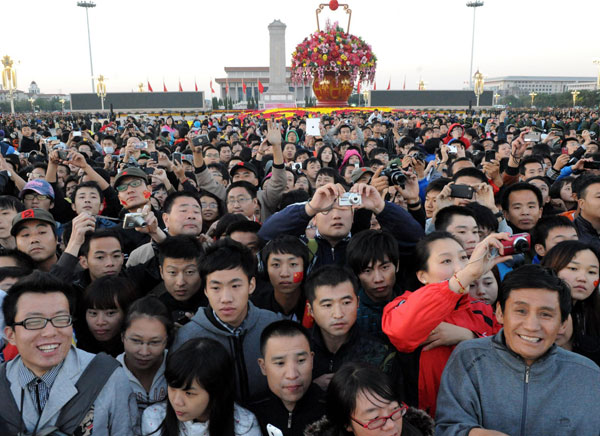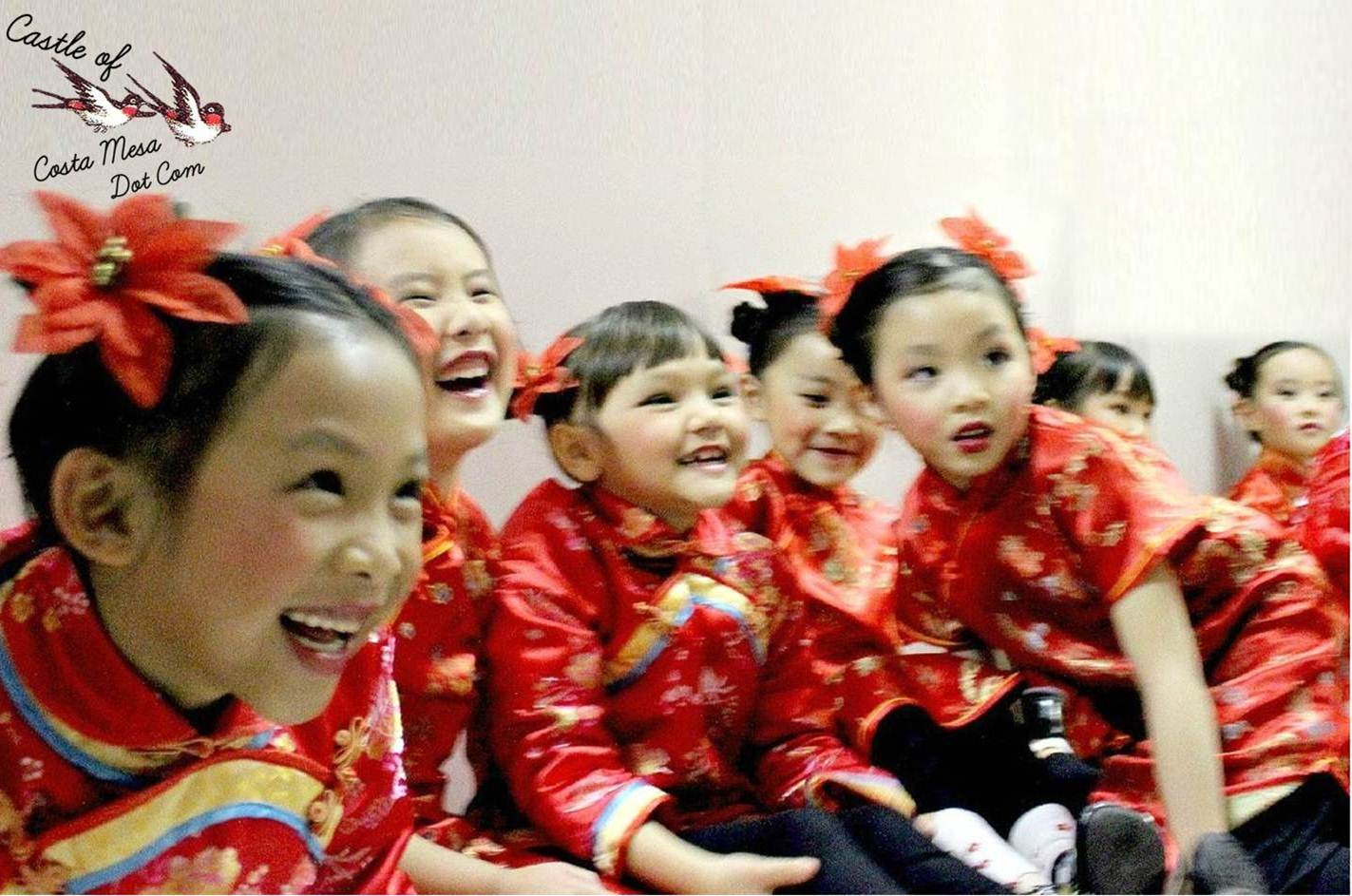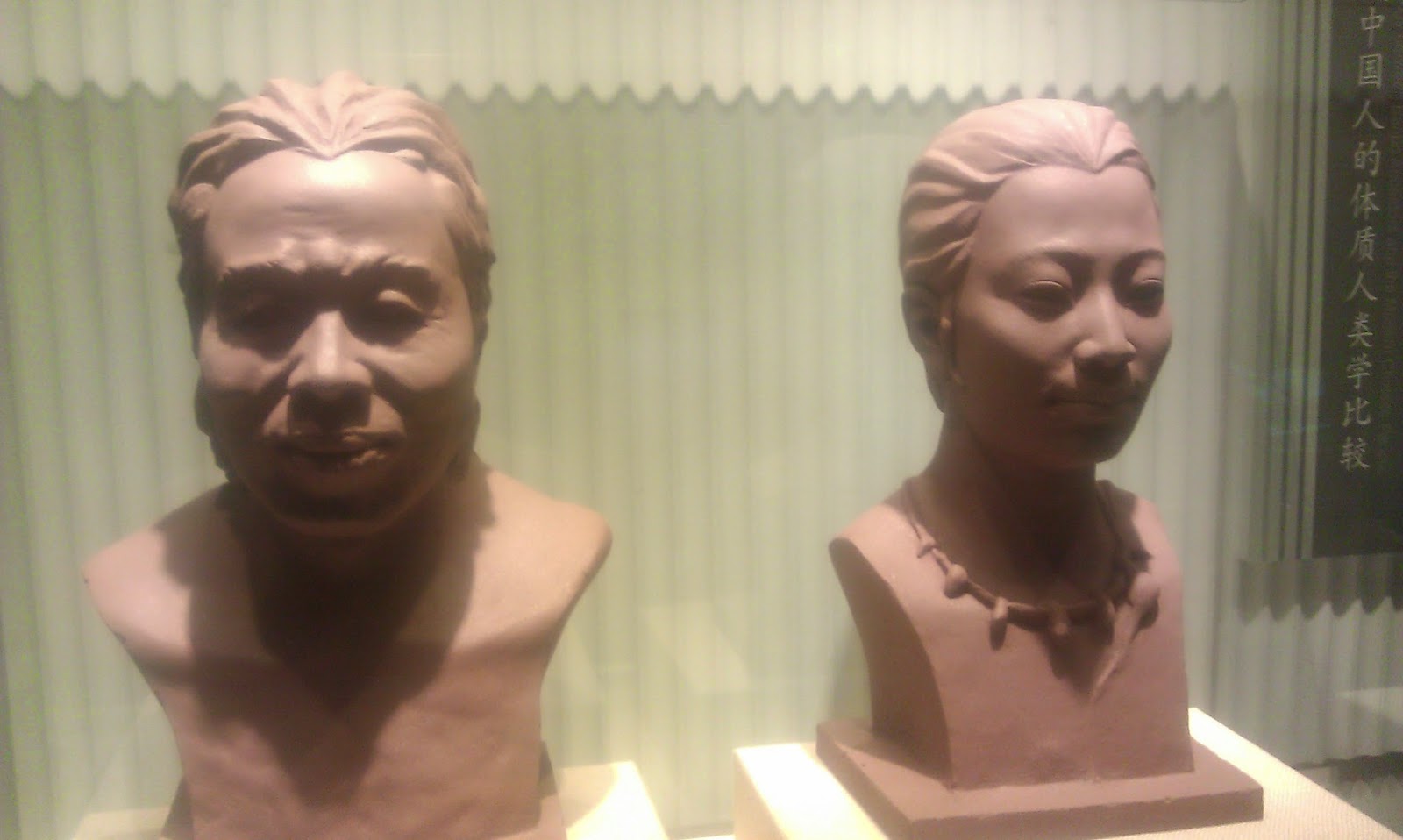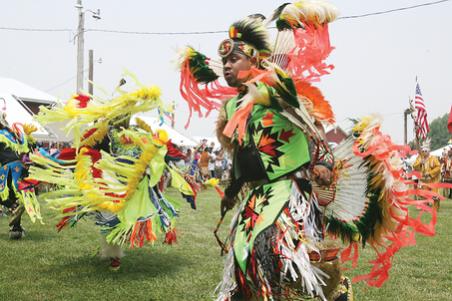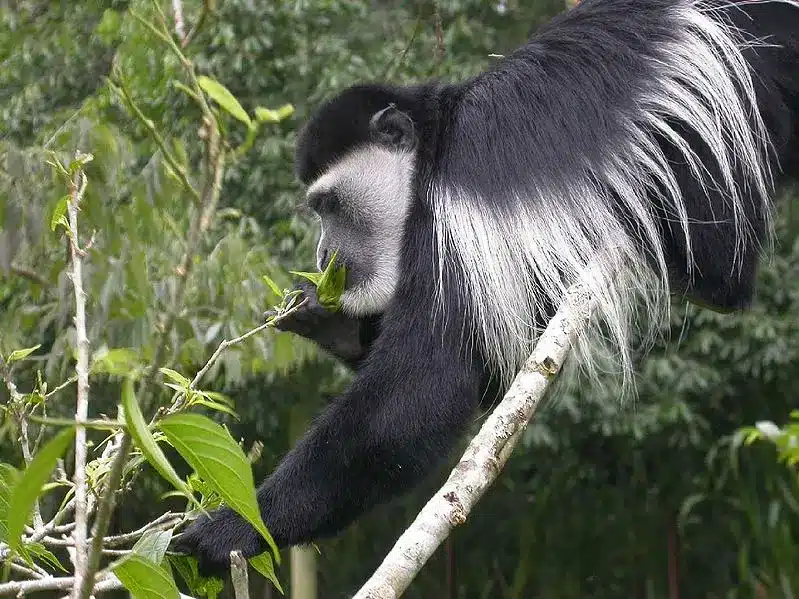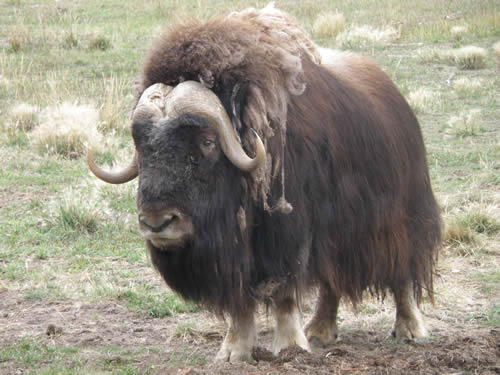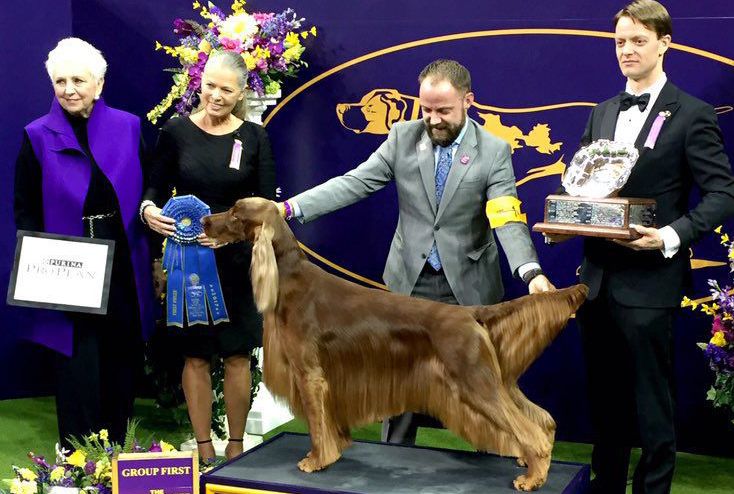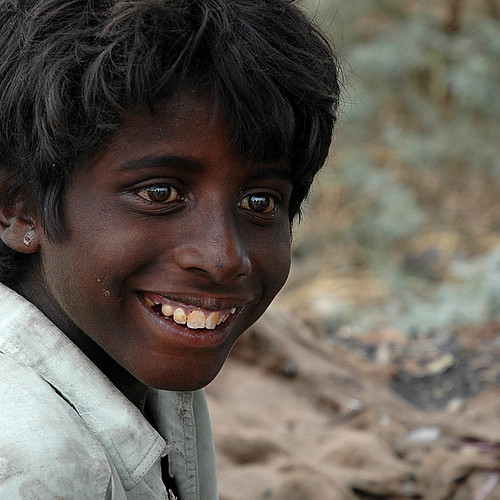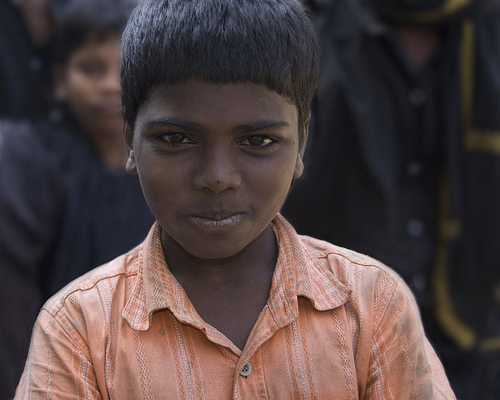Originally posted by Doug M:
quote:No they aren't. The DNA of the ancient aboriginal blacks in the Americas do not match any African population. The original populations of the Americas came from Asia and the initial groups were aboriginal black Asians from various parts of Asia and the Pacific.
Originally posted by jantavanta:
quote:The entire Black populations of the Americas and Asia, are of African Origin. Clyde has done well by connecting every Black population in the world to Africans. His using the Mande, is the language he has access to. Others have used Igbo language in Nigeria.
Originally posted by Doug M:
As usual Clyde comes up with a convoluted argument and says the oldest Chinese remains were "Negroid" but then turns around and says that the earliest Chinese dynasties were Africans....
Black people generally are the oldest populations in Asia, as evidenced by New Guinea and Australia, along with other aboriginal groups in South Asia. This "African" connection to black populations in Asia because of "features" is simply absurd. The genetic lineages of these people are Asian as one would expect of very ancient aboriginal populations. But of course that wont stop Clyde from trying to connect every black population in the world in history to Mande speaking Africans....
I don't know why folks keep insisting that somehow black skin outside of Africa indicates RECENT African ancestry. Skin color and features are tied to the environment and there are environments outside Africa that support populations with those features. Black folks in Asia are Asians. They are aboriginal, meaning been in place since the original OOA migrations 60,000 years ago. Australian Aborigines are not recent African migrants. Solomon Islanders are not recent African migrants. The Aboriginal Populations of Thailand, the Philippines and so forth are not recent African migrants.....
That said, it doesn't mean there hasn't been African contact in these areas since OOA. It just means those contacts don't represent the basis of or reason for black skin in those areas. For example, Swahili trade with Asia.
Bororo Indian Brazil:
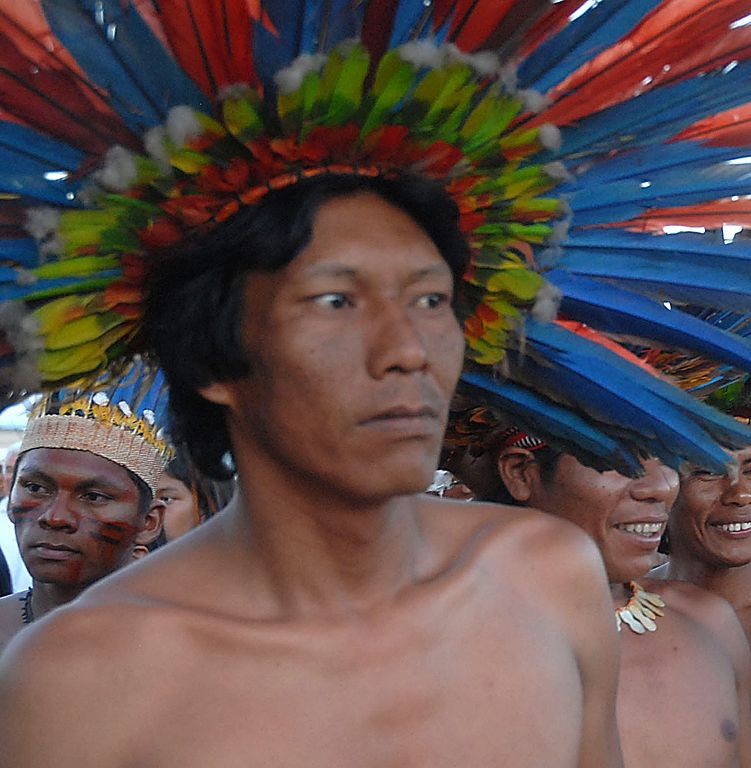
https://en.wikipedia.org/wiki/Bororo
Not Africans no matter how they look, their DNA is primarily Type O.








